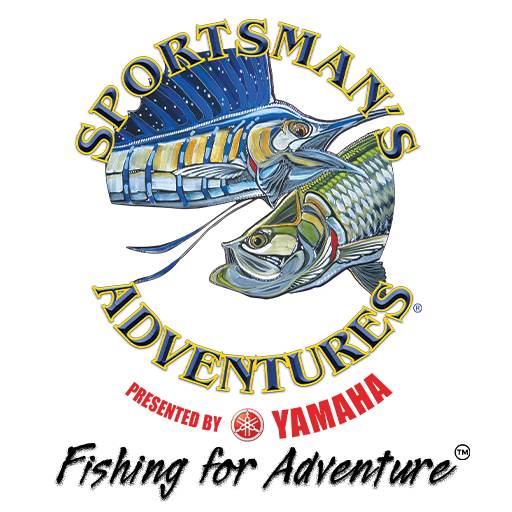TARGETING SAILFISH IN THE SOUTHEAST
Water Conditions Are Key
Any time we’re looking for sailfish, we try to line up as many favorable conditions as possible. The first thing we look for is blue water. Then we want a north current, which is a current that flows from south to north. Optimum conditions give us a north wind along with the north current and blue water.
Most of the time we find these conditions anywhere from 90 to 200 feet of water off Southeast Florida. If there’s a color change or rip in that range, then that’s where we want to fish. Then there are days when the blue water is in 50 feet of water, and on those days we start at 100 feet of water (their normal depth) and move in or out depending on where we get out bites or head on the radio. But most of the time, we start where the color change goes to blue water and then work our way out.
Another thing we look for is free-jumping sails. Keep in mind sailfish are always migrating from north to south, so when you see a free-jumper, try to figure out what depth he’s in and then line yourself up to the south of him, and you’ll likely get a bite. Also keep in mind that because you see one free-jumper doesn’t mean there’s only one fish. There might be a school of 10 or more fish associated with that free-jumper, so be ready for multiple fish to show up.
In Miami, we use threadfin herring, goggle-eyes, sardines, thinker mackerel and pilchards for bait. We use threadfins herring most of the time, because they’re the easiest and most abundant to catch.
Hooks, Baits, Leaders
We use a Mustad 7/0 circle hook whether we’re kite fishing or in light winds putting the baits out on the outriggers. Since we release all our sails, we want to make sure they don’t get hooked deep and will be in good shape, so we avoid using a “J-style” hook when sailfishing.
We don’t bridle our baits; we use a metal clip called a Gerry Rig to connect our baits to our hooks. If we’re using them kite fishing, we rig them between the forehead and the dorsal fin. If we’re using them on the outriggers either drifting or slow trolling, we rig them through the nostrils.
For leader, I like to use 60-pound monofilament. A lot of the guys will go lighter on their leaders, but I haven’t noticed that it limits the number of bites you get; however, I do notice that a lot of fish break off on the lighter leader. If you do get any extra bites using the lighter leader, I don’t think it outweighs the number of fish you’ll break off using heavier leader.
Fluorocarbon is not necessary when sailfishing. In fact, a lot of times when there are a lot of kingfish around we use a short trace of wire between the leader and the hook to prevent bite-offs, and we don’t see any noticeable drop-off on the number of sailfish bites we get. You will, however, kink a fish off every now and then when they do a lot of jumping.
I fish mostly from Haulover Inlet to Pacific Light. Wherever the water and conditions look favorable. Typically, the blue water moves further in as you go south.
When kite fishing, the lines are pretty much set in the kite, but we always have some spinning rods ready to go to throw to a tailing or free-jumping fish.
Tight Lines and Good Fishing,
Captain Rick Murphy
